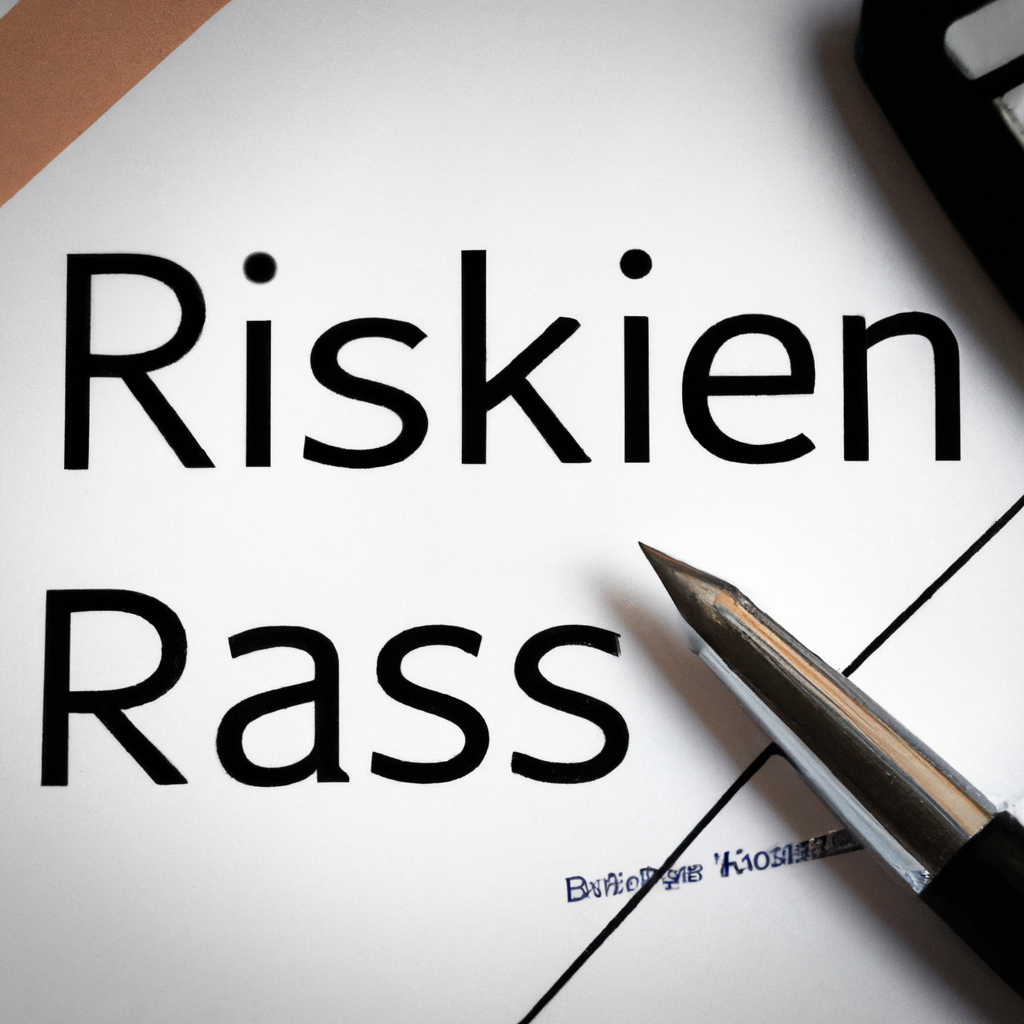Risk Management using Technical Analysis
Introduction
Risk management is a crucial aspect of successful trading and investing. It involves assessing and mitigating potential risks associated with financial transactions. Technical analysis, a method of evaluating market data, can be a valuable tool in identifying and managing risks. In this article, we will explore how technical analysis can be used for effective risk management.
Understanding Technical Analysis
Technical analysis is the study of historical price and volume data to predict future market movements. It involves analyzing charts, patterns, and indicators to gain insights into market trends and potential price fluctuations. By understanding market behavior, traders can make informed decisions and manage risks more effectively.
Identifying Risk Factors
Before implementing risk management strategies, it is essential to identify potential risk factors. Technical analysis can help traders identify various risks, including:
Volatility Risk
Volatility refers to the extent of price fluctuations in a market. Higher volatility increases the risk of sudden price movements, making it important to identify and manage this risk. Technical analysis can help identify periods of high volatility by analyzing price patterns, such as widening or contracting ranges.
Trend Reversal Risk
Trend reversal occurs when a prevailing trend changes direction. Such reversals can lead to significant losses if not anticipated and managed properly. Technical analysis can help identify potential trend reversals by analyzing chart patterns, trendlines, and momentum indicators.
Support and Resistance Levels
Support and resistance levels are price levels where buying or selling pressure is expected to be significant. Technical analysis can help identify these levels by analyzing historical price data. Traders can use these levels to set stop-loss orders or determine entry and exit points, thus effectively managing risk.
Using Technical Indicators
Technical indicators are mathematical calculations based on historical price and volume data. They can provide insights into market trends and help traders make informed decisions. Some commonly used technical indicators for risk management include:
Relative Strength Index (RSI)
RSI is a momentum oscillator that measures the speed and change of price movements. It helps identify overbought and oversold conditions, indicating potential trend reversals. Traders can use RSI to set stop-loss levels or exit positions when the market becomes overbought or oversold.
Moving Averages
Moving averages smooth out price data over a specific period, providing a clearer picture of market trends. They help identify support and resistance levels and can be used to set stop-loss orders or determine entry and exit points.
Bollinger Bands
Bollinger Bands consist of a simple moving average and two standard deviation lines. They help identify periods of high or low volatility. Traders can use Bollinger Bands to set stop-loss levels or determine potential price targets.
Implementing Risk Management Strategies
Once potential risks are identified using technical analysis, traders can implement risk management strategies to mitigate these risks. Some common risk management techniques include:
Stop-Loss Orders
A stop-loss order is a predetermined order that automatically sells a security when it reaches a specific price. By setting stop-loss orders based on technical analysis, traders can limit potential losses and protect their capital.
Diversification
Diversification involves spreading investments across different asset classes, sectors, or regions. By diversifying their portfolio, traders can reduce the impact of individual security or market-specific risks.
Position Sizing
Position sizing refers to determining the appropriate amount of capital to allocate to each trade or investment. By using technical analysis to assess risk levels, traders can adjust their position sizes accordingly. This helps ensure that potential losses are within acceptable limits.
Regular Monitoring and Analysis
Risk management is an ongoing process. Traders should regularly monitor and analyze market conditions using technical analysis to identify any changes in risk factors. By staying informed, traders can adjust their risk management strategies accordingly.
Conclusion
Risk management is crucial for successful trading and investing. Technical analysis can be a valuable tool in identifying and managing risks by providing insights into market trends, volatility, and potential reversals. By utilizing technical analysis techniques and implementing risk management strategies, traders can enhance their chances of achieving profitable outcomes while minimizing potential losses.

